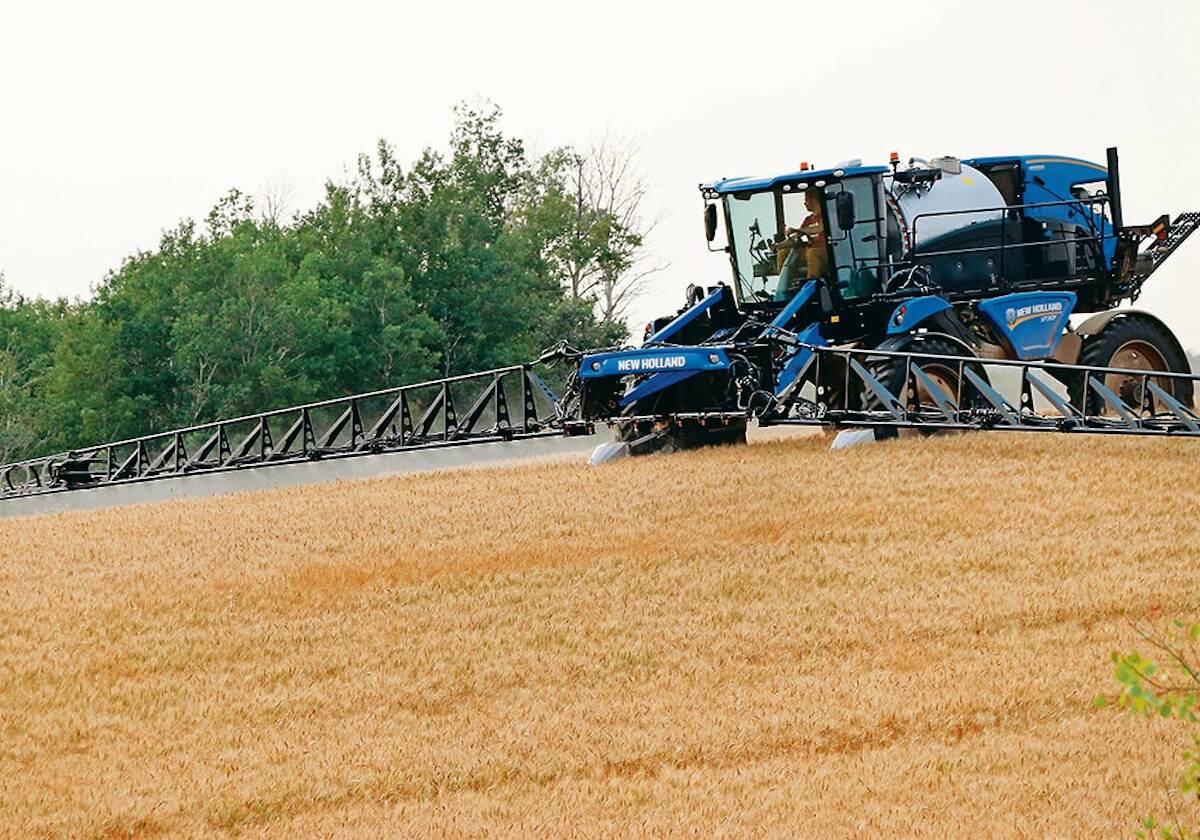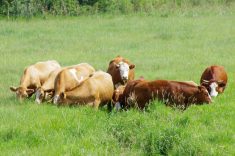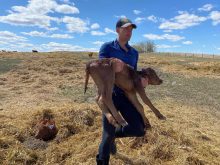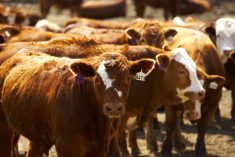The ongoing horsemeat scandal crippling the European food industry brings several rather awkward questions to mind.
First of all, what’s wrong with horsemeat? On the surface, nothing, except many of us, if given the choice, would prefer not to eat it. The problem is that people weren’t given the choice. In fact, they were lied to by food industry labels that said one thing and delivered another. This issue is first and foremost about trust and truth in labelling, not food safety.
Or is it? We are told horses sold for meat can’t have been treated with phenylbutazone, commonly known as ‘bute,’ a commonly used anti-inflammatory in sport horses that is considered a health hazard if consumed in meat. Consumers are told there is a paper trail of declarations that ensures horses that have been treated with the drug do not enter the food supply.
Read Also

Farming still has digital walls to scale
Canadian farms still face the same obstacles to adopting digital agriculture technology, despite the years industry and policy makers have had to break them down.
But if processors are lying about the content of beef products, why should consumers presume the horse traders were honest about bute? Is there even such a thing as honesty in horse trading?
One of the defences offered by some of the companies whose products tested positive for horse DNA was that it was accidental — a result of cross-contamination from equipment in plants that handle both horses and cattle.
Unfortunately, the ‘oh-my-gosh-we’re-as-surprised-as-you’ defence, and the ‘oh-maybe-it-was-an-accident’ defence result in the same questions for the consumer. If processors can’t get the bits of dead horse out of equipment before processing cattle, what else can’t they clean up? And how long has this been going on anyway?
The widespread nature of the contamination would suggest mixing and matching of species in minced meat products has been rather a common practice. A South African university recently found soya, donkey, goat, water buffalo and plant material in minced meats, burger patties, delicatessen meats, sausages and dried meats. None were listed as ingredients.
“Our study confirms that the mislabelling of processed meats is commonplace in South Africa and not only violates food-labelling regulations, but also poses economic, religious, ethical and health impacts,” said co-author Louw Hoffman.
IKEA pulled its meatballs from stores in 21 countries — North America, Australia and Japan excluded — after finding horse DNA. Perhaps the real puzzle is why people would associate a home-furnishing store with meatballs in the first place.
IKEA obviously doesn’t make its own meatballs, just like it doesn’t manufacture the furniture it sells. But the big problem with outsourcing is quality control. You might be able to make up with your customers if they get substandard furniture, but feed them food that turns them off, and you’ve quite likely lost them for good.
In a move with significant implications for the global meat trade, British retail giant Tesco says it will now be sourcing its meat products more locally so it can keep a closer eye on suppliers.
The North American meat industry has not been implicated, but no one can claim it remains unscathed. You can bet someone is testing meat products here too to see what DNA they find — a scary thought.
University of Colorado researchers found in 1998 that the number of animals that contributed to a single four-ounce patty of ground beef ranged from 58 to 1,082. The meat industry can only hope there’s nothing in there that’s not on their label.
If this public relations disaster, albeit largely on European soil, isn’t keeping people whose livelihoods depend on livestock industry awake at night, why not?
Animal industry routinely looks to science to support its credibility in the eyes of the consuming public, but there is nothing scientific about the public’s aversion to horsemeat. It’s a lean source of protein that apparently tastes enough like beef that people didn’t notice the difference.
People don’t like eating horses for emotional reasons; and emotion is a powerful force in the marketplace. It is by far the biggest weapon of those who would like us all to stop eating meat altogether.
So if that’s the case, why does animal industry persist in emphasizing the ‘cute and cuddly’ factor with touch-the-farm displays at public events? And what happens to all those baby animals after they have been handled by thousands of germy little hands during those fairs and festivals anyway? It’s highly unlikely they find their way back into biosecure barns.
But what’s the alternative? The challenge of communicating with a public increasingly distanced from the farm has never been greater, and the line between food animals and pets has never been more blurred.


















